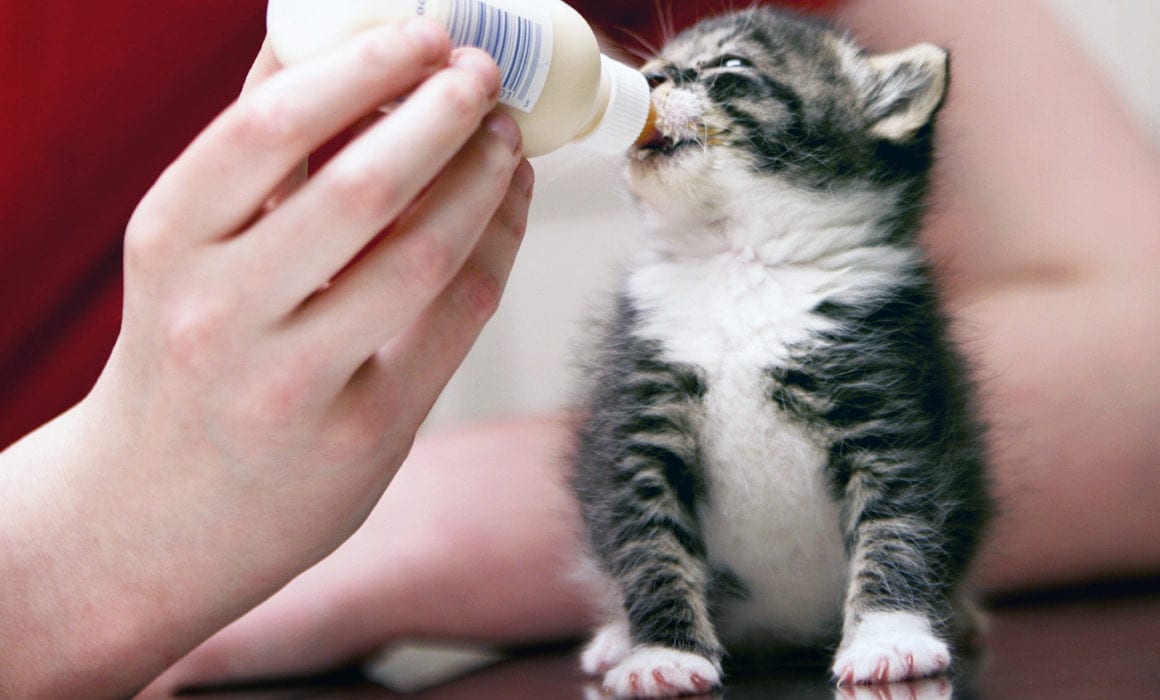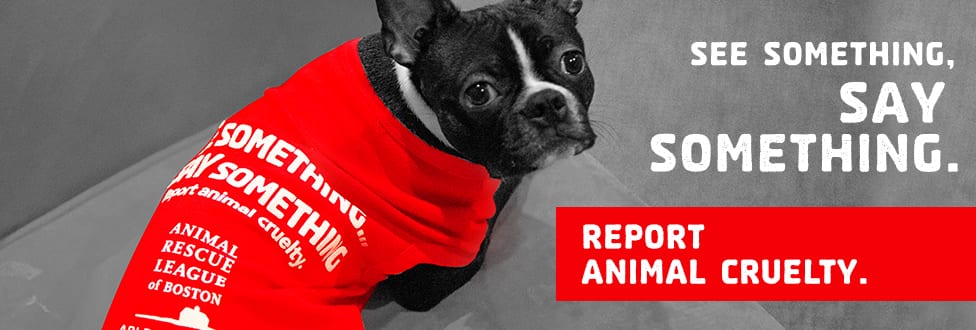May is Tick and Flea Awareness Month
6 helpful tips to protect your pet from sneaky parasites
As the days get longer and warmer, pets and their owners are eager to get out and enjoy the fresh air. Although spring is the start of picnics, strolls through the park, hiking, and other outdoor activities, it also marks the beginning of tick and flea season.
Ticks and fleas are small parasites that live off the blood of cats, dogs, humans, and other mammals.
Ticks typically hide in leaves or grass and climb onto an unsuspecting animal when it brushes by. If a tick burrows into your pet’s skin, they may transmit serious illnesses, such as Lyme Disease, Babesiosis, Ehrlichiosis, and Rocky Mountain Spotted Fever. Areas with sandy soil, trees, rivers, and the presence of deer usually signify a dense tick population.
Fleas are much more agile and can jump from one animal or object to another with ease. Flea eggs are resistant to many cleaners and flea control products, which means they have the ability to grow into an adult and cause risk to your pet. A flea bite can cause Flea Allergy Dermatitis (FAD), Anemia, Tapeworm, and Rickettsiosis, which may result in skin conditions, lethargy, or other serious health effects.
Keep your pet covered with these 6 helpful tips:
- Tick and flea preventative should be administered year-round starting at 8 weeks of age. Although ticks and fleas tend to show up in the warmer months when more time is spent outdoors, larvae and adults can hide out in a multitude of places, such as other animals, bushes, and shrubbery, as well as in flooring, carpets, and sofas in your home.
- Don’t give ticks and fleas a chance to invade your home. Outdoors, cover waste bins, crawl spaces, and overgrown grass and shrubbery where ticks, fleas, and infected wildlife could hide. Indoors, vacuum carpets and sofas frequently and periodically wash your pet’s blankets, bed, and fabric toys in hot water and dry on high heat.
- Pets are good about hiding the “evidence.” Cats, in particular, are very good at grooming adult fleas and ticks off of themselves. Just because you don’t see them, doesn’t mean they’re not there.
- Make “tick checks” part of your routine. When you settle down with your pet for their daily scratch session, pay extra close attention. If you spot a tick, remove it right away with a pair of fine-tipped tweezers. Grasp the tick as close to the skin as possible and pull directly outward with steady force. Don’t forget to disinfect the bite area thoroughly after tick removal.
- Your pet may not show symptoms of being bitten by a tick or flea right away. In most cases, you will not actually see a tick or flea unless your pet has an allergic reaction to the bite(s). Only a blood test taken by your pet’s veterinarian can confirm an illness was transmitted by a tick or flea.
- Don’t wait, start now. If you haven’t already, ask your veterinarian about starting a preventative tick and flea treatment plan for your pets.


















